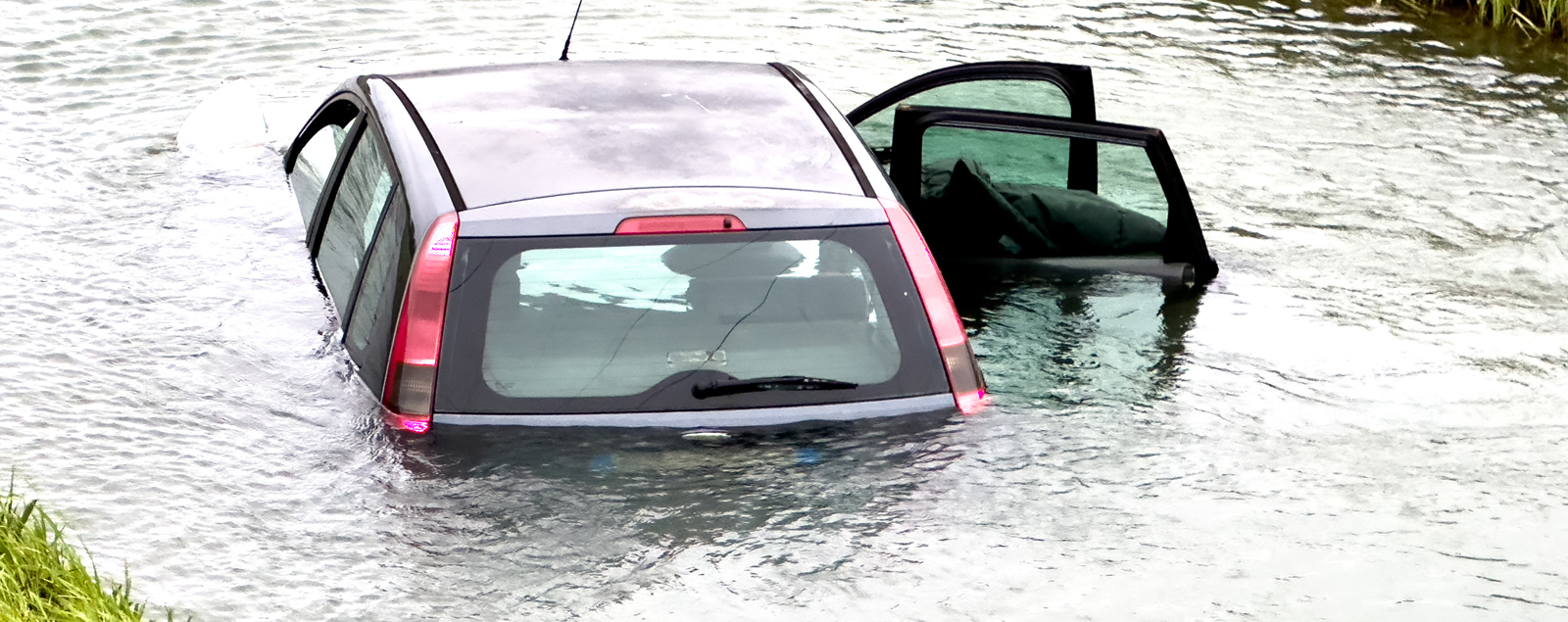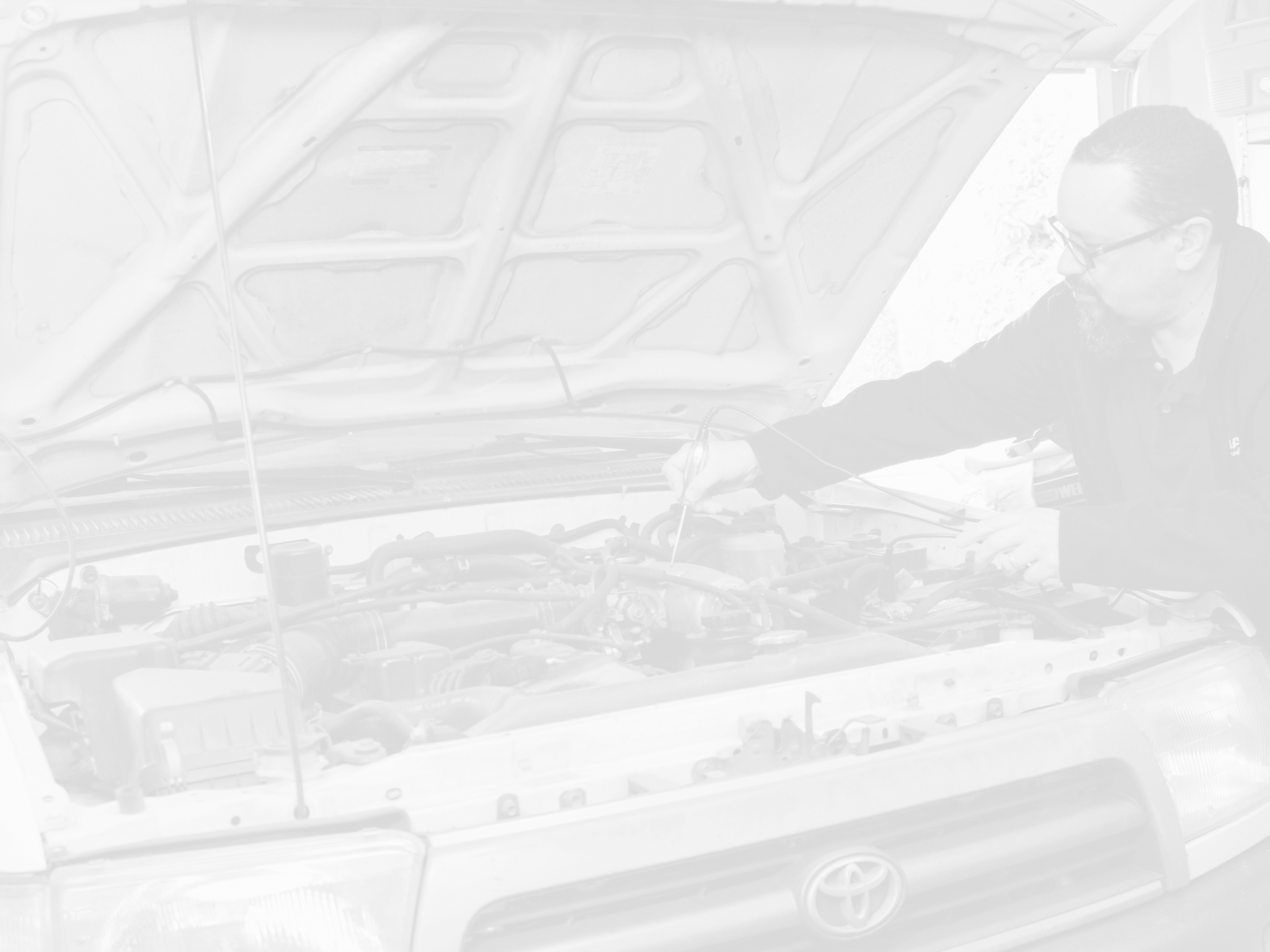

The recent hurricanes have taken a terrible toll on our East Coast, and our deepest concern and sympathy is rightly focused on the survivors and victims of these affected regions. The condition of the affected cars from these storms is indeed trivial, compared to the loss of human life and the damage to whole communities. However, an unfortunate aftermath of these storms could be coming your way.
According to CARFAX, there were about a half-million water-damaged cars returned to the roadways in 2023. An estimated 100,000 waterlogged vehicles were damaged in the most recent four months of 2024; those numbers do not include the still-climbing damage tally from Helene and Milton.
While many cars will be totaled soon after being damaged, many cars could reach repair shops for flood damage mitigation. If past floods are an indicator of future trends, these vehicles could travel well beyond their original homes to shops around the country. So, no matter where a shop is located, they could face the aftereffects of severe water intrusion. As a side note: about half of the vehicles damaged in a flood will end up in the used-car market, according to CARFAX.
While many cars will be totaled soon after being damaged, many cars could reach repair shops for flood damage mitigation. If past floods are an indicator of future trends, these vehicles could travel well beyond their original homes to shops around the country. So, no matter where a shop is located, they could face the aftereffects of severe water intrusion.
Before a shop takes on a repair on a flood-damaged vehicle there are some things to consider. Some issues can be life-threatening not only to drivers and their passengers, but to the technicians working on these vehicles. If a shop is inspecting a vehicle that is suspected of being a flood victim, look for the signs. As always, document every issue found and everything repair done. This is especially important if an insurance company is involved in paying for repairs. Take lots of photos and videos.
Evidence of previous flood damage can include the following:
- Water stains, mildew, sand or silt under the carpets, floor mats, headliner cloth and behind the dashboard.
- Door speakers with water damage.
- Rust on seat frames and seat retention bolts that appear to have been removed.
- Rust and dirt under the dashboard.
- Mud or silt in the trunk or hatch area.
- Pull the seatbelts all the way out and inspect for moisture, staining, or dirt.
Flood repairs and inspections can be profitable but should be done with eyes wide open and with proper precautions.
If you repair the flood damaged vehicle, you take a risk of the car becoming the ‘gift that keeps on giving’ in the form of repeated comebacks. Moisture can wick into connectors and wiring harnesses leading to damage that may take months to reveal, leading to a vehicle (and a customer) that could haunt a shop for years to come. While treating every connector that came near water to a dose of Stabilant 22A can be very helpful, there are no long term guarantees on flood repairs that involve electrical connections and wiring.
Module damages can quickly add up to a total loss. These issues can also take months to show up. If water rises 6 inches to a foot above the floor, this could be considered enough damage to total the vehicle. For less severe flooding, the interior must be completely removed within 48 hours of the soaking. Carpets must be pressure washed; seat fabrics should be shampooed, and insulation should be rinsed or replaced if contamination is moderate to severe.
... about half of the vehicles damaged in a flood will end up in the used-car market according to CARFAX.
If the engine was running when the vehicle went swimming, check for evidence of hydro locking. This can be best accomplished by removing the spark plugs (on gasoline engines) and using a borescope to check piston positions with each cylinder sequentially placed at top dead center (TDC). If any piston is lower than the others this is a good sign that a connecting rod was bent.
All fluids should be changed. If the engine oil is milky, the oil may need to be changed several times to rid the engine of moisture. The same applies to the transmission and brake system. Any flood water that had entered the cooling system through the coolant recovery bottle will necessitate a coolant change.
Wheel bearings, steering, and suspension components may suffer damage during even a minor flooding. Check the Power Steering reservoir for water. The fuel tank, electric pump, and associated wiring may have been damaged. The fuel may be contaminated.
The biggest risk to your shop is the health of the techs when inspecting and working on these vehicles. Biohazards may be present that can affect those working on the cars (and those riding in them later). Floodwaters may contain raw sewage, industrial wastes, and microorganisms. These can lead to illnesses.
- Gastrointestinal illnesses with vomiting and diarrhea from contact with contaminated floodwater may occur.
- There is a risk of Leptospirosis, a disease from animals such as cattle, pigs and rodents. Technicians can become infected from contact with animal urine in floodwaters. Bacteria gain entry through non-intact skin and the lining of the eyes, nose or mouth. Symptoms can mimic the flu but can also be severe enough to require hospitalization.
- Bacteria in the soil can rise to the surface during flooding leading to Tetanus and Melioidosis. Technicians should be up to date on Tetanus vaccinations.
- Those with diabetes, kidney or lung disease, cancers, or who use medicines with steroids will have lowered immunity and a greater risk of infection.
- If flood water, residue or sludge meets the skin, wash the area immediately with hot water and soap and, in the case of cuts, use a disinfectant.
Use a NIOSH-approved respirator if dust is present on interior fabrics that have already dried or when pressure washing contaminated vehicle parts. Inhaling airborne moisture droplets can also put technicians at risk for Legionnaires’ disease, which is caused by Legionella, a freshwater bacterium that easily spreads to human-made water systems during floods. This can lead to pneumonia-type symptoms, as well as gastrointestinal illness.
Experts also recommend using waterproof gloves. Washing hands before eating, smoking, and after contact with floodwaters is important. Changing out of clothes before leaving work is prudent.
Molds may be present if more than 24 to 48 hours have elapsed since flooding. These can be harmful to those with weakened immune systems. Multiplying mold spores creates health risks for people with existing mold allergies and asthma.
While we sympathize with the victims of the disaster that damaged these cars, be on guard to protect the health, physically and financially of your shop.
Want to see how ALLDATA can improve tech efficiency? Check out our suite of products, each designed to contribute to both shop efficiency and productivity.








